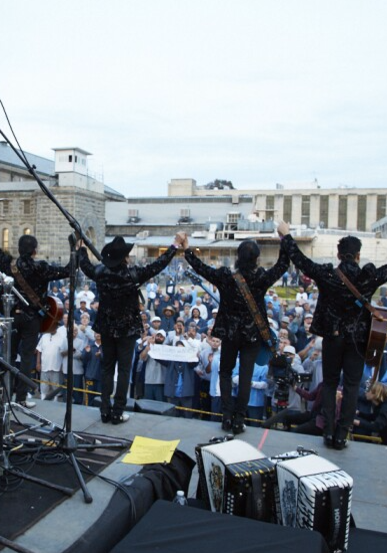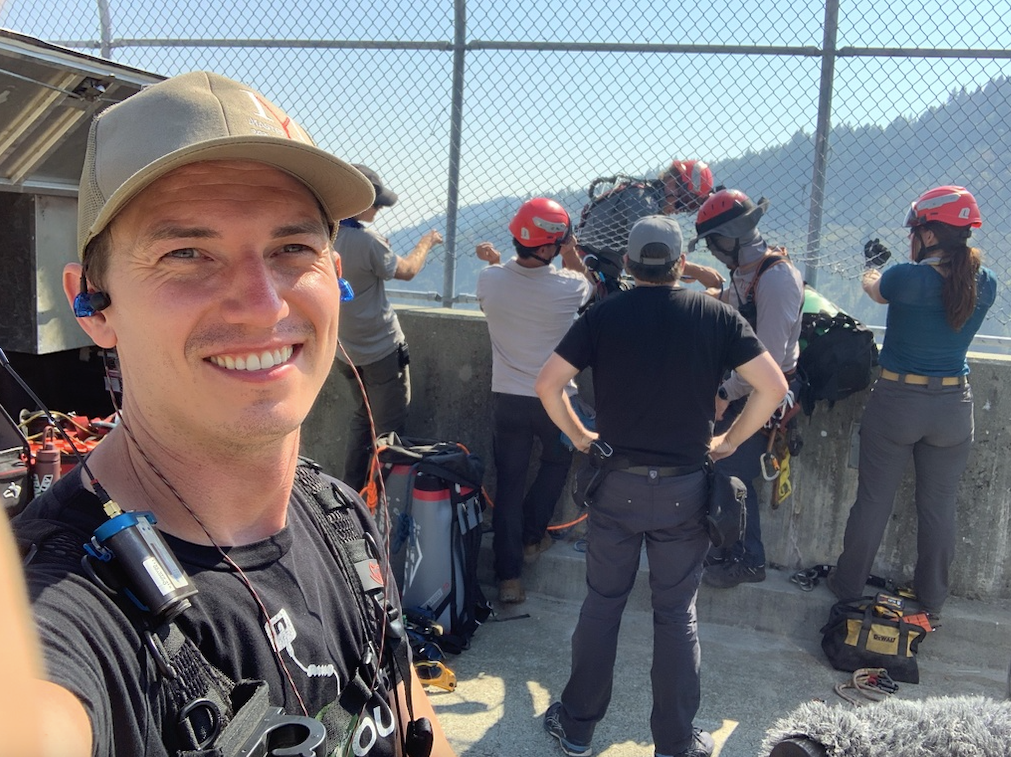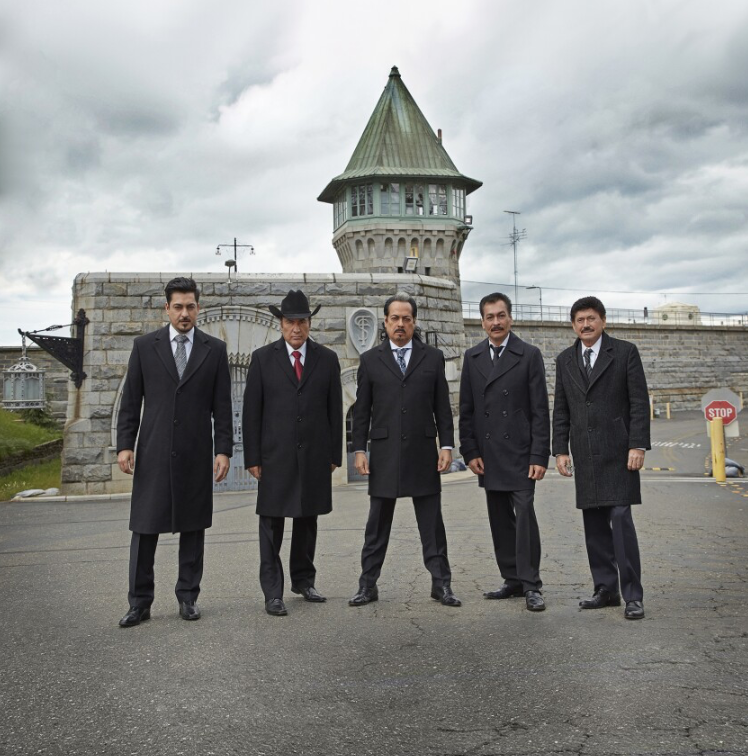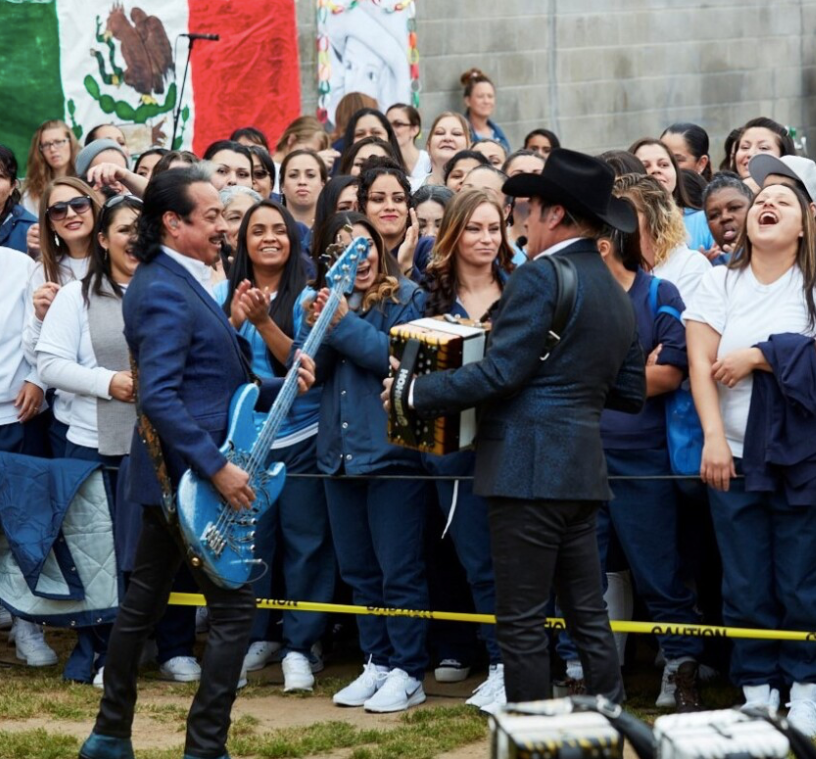Walking into the Folsom Prison yard is an experience that location production sound mixer Donovan Murphy won’t ever forget…
“We were being escorted carrying film gear to the chapel – the one Johnny Cash sang about in Greystone Chapel,” Murphy points out.
“It’s easy to lose track when you’re being ushered through gate after gate, bunching up in each space between the unlocking and locking procedures, so without warning, we were suddenly in the prison yard. The shock of it quickly turned into a spark of inspiration as I thought, ‘I’ve gotta record the ambient sounds’.”
Murphy was on set for the recording of Netflix film, Los Tigres del Norte at Folsom Prison – a 2019 documentary starring Los Tigres del Norte, a group of Mexican-American brothers based in California who began their recording career in the early '70s. Their moniker arose when an immigration official called the boys "little tigers" (a nickname for kids) as they crossed the border.
The film documents the band’s request to perform at Folsom Prison, which was granted after two years of waiting. The group’s performance at the prison marked the first time a major act had performed there since Johnny Cash held his historic concert nearly half a century before.
Los Tigres made it a special show for the inmates, even bringing one of them on-stage to play the accordion during the Cash classic, Folsom Prison Blues.





